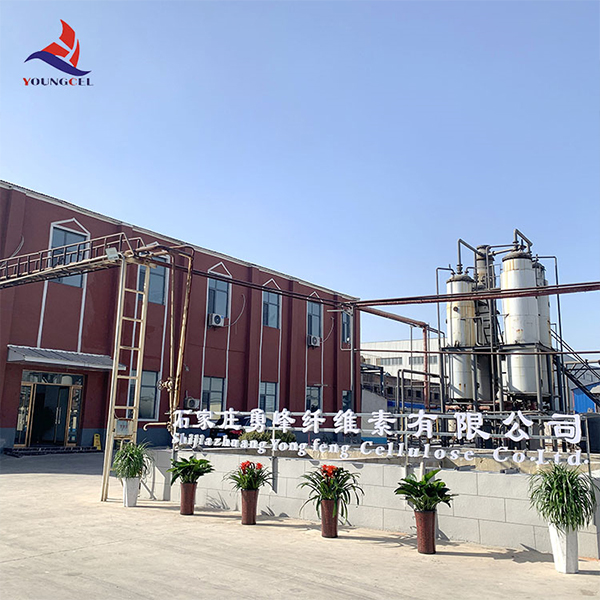The Role of Additives in Cement Enhancing Performance and Sustainability
Cement is one of the most widely used construction materials in the world. It serves as the primary binding agent in concrete, one of the most critical substances in modern infrastructure. The traditional manufacturing of cement, however, can be resource-intensive and contributes significantly to carbon emissions. To address this, the construction industry has increasingly turned to additives that enhance the properties of cement while also promoting sustainability. This article delves into the various types of additives for cement, their benefits, and their role in modern construction practices.
Understanding Additives for Cement
Additives can be classified into two main categories mineral additives and chemical additives. Mineral additives include materials like fly ash, slag, silica fume, and natural pozzolans. These materials are often byproducts from other industries and can improve the performance of cement in several ways. Chemical additives, on the other hand, include water-reducing agents, retarders, and accelerators, which modify the chemical properties of cement mixtures to achieve desired results.
Benefits of Mineral Additives
1. Environmental Impact Many mineral additives are industrial byproducts. For instance, fly ash is generated from the combustion of coal in power plants. By incorporating such materials into cement, we not only reduce waste but also decrease the amount of clinker required, leading to a decrease in carbon emissions associated with cement production.
2. Improved Durability The addition of silica fume, a byproduct of silicon metal production, can significantly enhance the durability of concrete. It fills the microscopic voids in cement, resulting in a denser concrete matrix that is less permeable and more resistant to chemical attacks, making it ideal for structures exposed to harsh environments.
3. Workability and Rheology Many mineral additives improve the workability of cement mixtures. For example, fly ash and slag can enhance fluidity, allowing for easier handling and placement without compromising the strength of the final product.
Advantages of Chemical Additives
additive for cement

1. Control Over Setting Times Chemical additives can manipulate the setting times of cement, which is crucial for large-scale construction projects. Retarders help to slow down the setting process in hot weather, giving workers more time to place concrete. Conversely, accelerators can speed up the curing process in cold weather, allowing for faster project completion.
2. Water Reduction Water-reducing agents can significantly lower the water-to-cement ratio in concrete, enhancing strength without sacrificing workability. This reduction in water not only contributes to higher strength and durability but is also a crucial factor in sustainability since less water usage means a more efficient use of resources.
3. Enhanced Performance Specialty chemical additives can be used to improve specific properties of the cement or concrete, such as increasing its resistance to freezing and thawing cycles, enhancing sulfate resistance, or improving bonding characteristics. These tailored solutions are essential for meeting the rigorous demands of modern construction projects.
The Path Towards Sustainable Construction
The use of additives in cement not only enhances the physical and chemical properties of the material but also aligns with the global push towards sustainable construction practices. The construction industry is responsible for a significant portion of global carbon emissions, and utilizing additives can help mitigate this impact. By increasing the use of byproducts and reducing the reliance on traditional raw materials, we can move towards a more circular economy in construction.
Furthermore, as environmental regulations become more stringent, the adoption of additives will likely become a standard practice in the industry. Innovations in additive technology and ongoing research into new materials promise to further enhance the sustainability and performance of cement.
Conclusion
Additives play a crucial role in modern cement production, offering solutions that not only enhance the material's properties but also support sustainable building practices. By incorporating both mineral and chemical additives, the construction industry can reduce its environmental footprint while ensuring structures are durable, efficient, and capable of meeting the challenges of the future. As we continue to innovate and adapt, the role of additives in cement will undoubtedly grow, paving the way for a more sustainable and resilient built environment.
-
A Comprehensive Guide to Methyl Ethyl Hydroxyethyl Cellulose: Applications and Industry InsightsNewsNov.24,2025
-
Understanding Methyl 2 Hydroxyethyl Cellulose: Uses, Benefits & Industry InsightsNewsNov.24,2025
-
Hydroxyethyl Methyl Cellulose HEMC: Industrial Uses, Benefits & Future TrendsNewsNov.23,2025
-
HEMC Cellulose: Versatile & Sustainable Industrial Polymer | YoungcelNewsNov.23,2025
-
Methyl Hydroxyethyl Cellulose: Versatile Building Block for Industry & SustainabilityNewsNov.23,2025
-
CAS 9032 42 2: Understanding Polyvinyl Alcohol's Impact on Industry & SustainabilityNewsNov.22,2025




